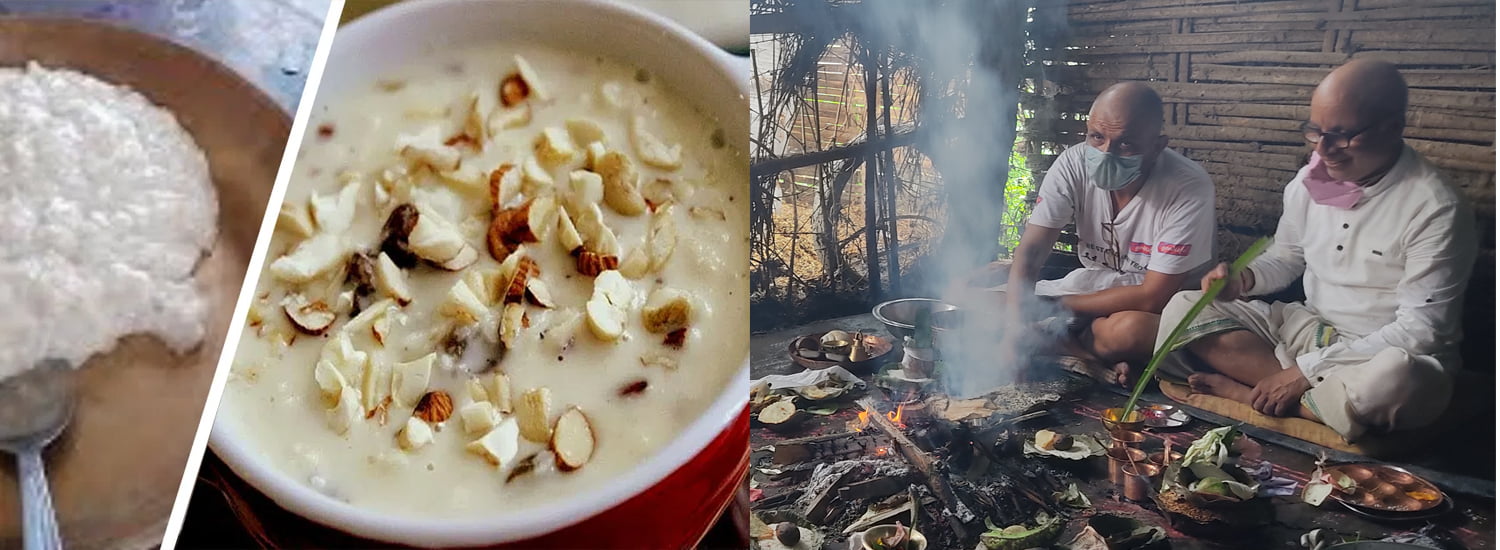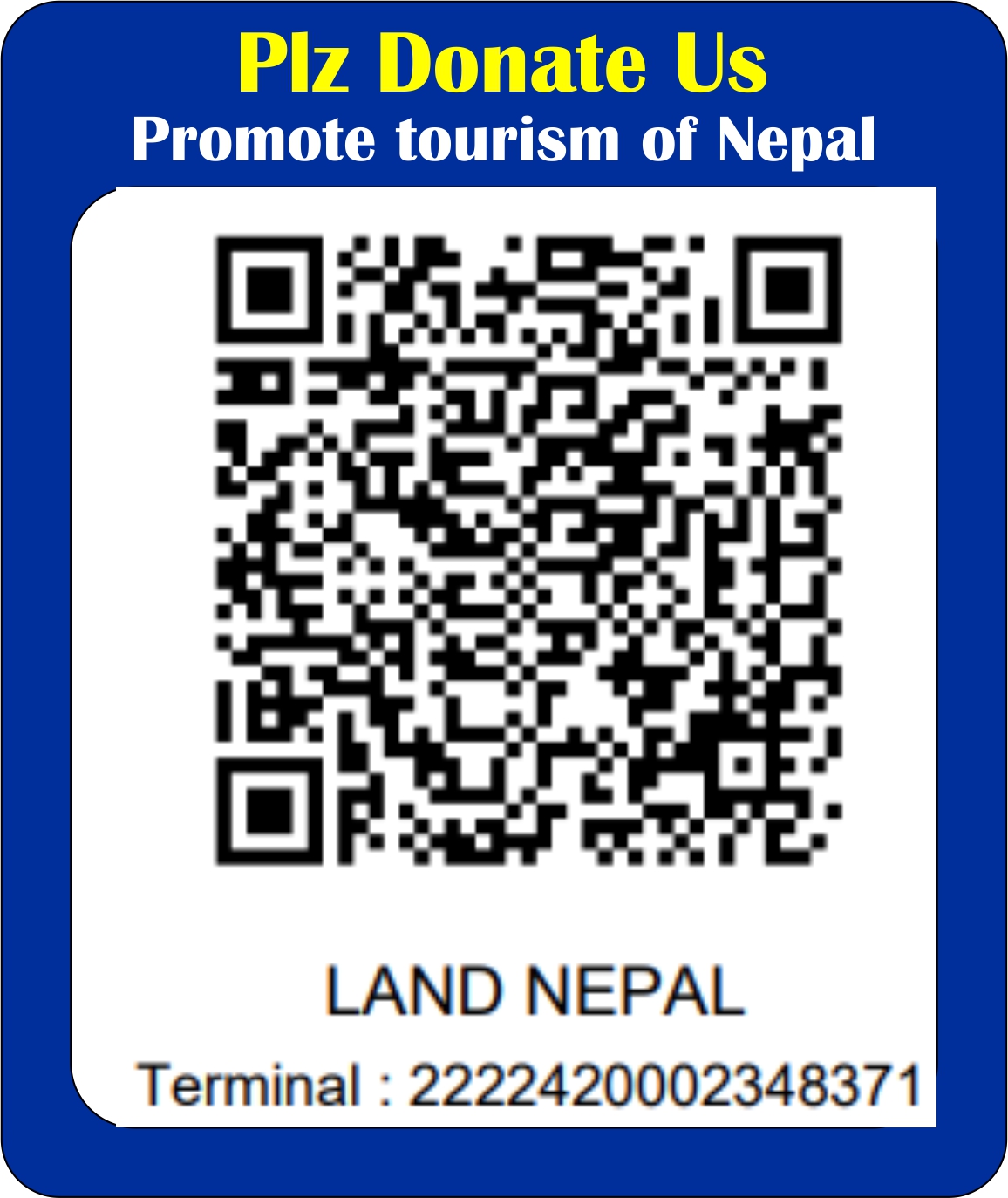The cultural diversities in Nepal is always the matter of pride for us. Apart from the variation in ethnicities and equally in cultures, the fraternity among each groups is always at top. The respect to each others practices is always iconic. We worship even the minor contribution from the mother nature. Every tradition being passed on the succeeding generations in every ethnicity passes the most important aspect of survival, the respect towards nature. One of the same worshipping practises is ‘Gostha Dhup’. It is also known as ‘Gotha Dhup’. Gostha means ‘shed’, the shelter for the domestic animals reared. The devotees worship the gods of the shed. They term them as ‘Gostadi’ . Gostadi is the compound term where ‘Gosta’ means ‘shed’ and ‘aadi’ means ‘all’. This means all gods of the shed. Gotha Dhup is one of the major characteristic traits of the Bhramin culture . Six ethnics groups of Bhramin culture believes and worships shed. Bahun, Chhetri, Kaami, Badi, Damai and Gaine. These races are considered to be the sons of the single father.
So these groups practice Gostha puja along with other branches of the Bhramin community. Searching back the history and initiation GOSTHA PUJA leads us to the age of cattle rearing and agriculture. The era when the civilization was starting to be stable, when the cattle rearing was being evolved with the humans. Humans started rearing cattles for their survival assistance. Cattles helped in agriculture too. And also directly provided them to food. But, they also threatened by the hunting carnivores of the jungle. The animals would attack the cattles and kill them. This was a major setback for the then people. So they started building sheds to protect their cattles. They also started to worship the shed in order to keep the shed friends safe from the wild canines. Since then, people started worshipping their cattles and the shed. In the adulation, the god worshipped are the totems( Kul Devata) of the respective Kul. But the main god worhsipped in this practise is ‘Mastamandalaadi Bindabaasini’. Masta is the God Shiva and Bindabaasini is the Goddess Parvati.
So this puja is the kind of worship of the king and the queen of Kailash, meant to say Shiva and Parvati. 32, 16 or 12 Masta are worshipped varying in the belief in different places and castes. The kundas are made to idolise the Masta and worship them. The small pile of cow dungs are used to idolise the Masta. These piles are called the previously mentioned kundas. They are made with respect to the number of Masta being adulated. Before this, Agni Sthaapana is done. It is believed that the worship can only be carried out by completing the worships to Agni and being done with the ‘Agni Sthaapana’. Ghee is symbolised for Kul and worshipped. On the wooden plank, all the gods of the Gotha are worshipped. The rice pudding is the major Prasadhi served in this puja. The families decide a particular memeber’s house every year to hold Gostha Dhup. The other members also carry their offerings to god. The essentials of the Puja and some amount of milk is also carried to the house by the other relatives where the puja is being done. It is generally completed in few hours. This is one of the practise which represents the amazing humility of we Nepalese. It reflects our love and respect towards the mother nature. It educates us to protect everything that protects us.
-Article written by: Suyash Dhakal for Land Nepal




